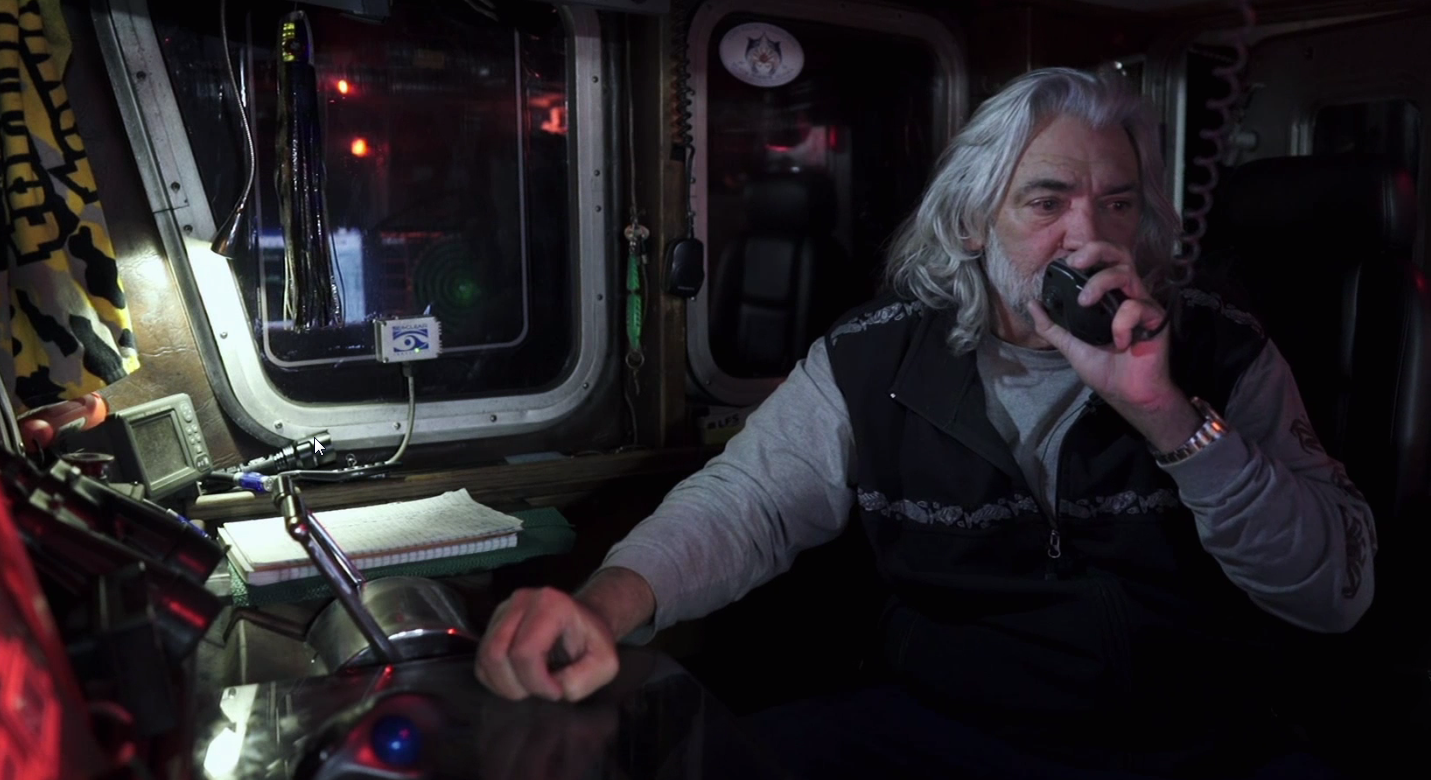EDITORIAL: Saying ‘no” won’t solve energy challenge
Published 1:30 pm Wednesday, December 7, 2022
It’s easy to say you want “clean” sources of electricity to replace carbon-spewing coal-fired plants.
Trending
But since we live in a world where physical laws, not magical thinking, apply, no significant source of energy is free of any potential effects.
Wind turbines kill birds.
Solar farms take up land that previously was habitat for various species.
Trending
When it comes to power, you don’t get something for nothing.
A simple, undeniable truth, but one that some advocates for replacing fossil fuels as energy sources seem occasionally to, if not deny, then at least sort of pretend doesn’t exist.
A current effort by the federal government to jump start an intriguing source of megawatts — floating wind farms well off the California coast — could be an interesting example of this phenomenon.
Earlier this week the government offered five leases — three off the central California coast, two off its northern coast — for commercial-scale projects involving floating wind farms that would be about 25 miles offshore.
Previous federal auctions were for leases for offshore turbines that are anchored to the seafloor rather than floating.
Federal officials are planning to auction leases next year for sites off the Oregon coast.
The turbines would be close to 1,000 feet tall, and float on platforms anchored by cables. The five lease areas off California could generate 4.5 gigawatts of energy — enough to power 1.5 million homes.
Offshore wind projects have great potential, not least because wind is more reliable than in most places on land.
“We can reach our greenhouse gas goals only with offshore wind as part of the puzzle,” Josh Kaplowitz, vice president of offshore wind at the American Clean Power Association, told The Associated Press.
But the story that includes Kaplowitz’s quote also notes that “environmentalists are concerned about the impacts on threatened and endangered whales, which could become entangled in the cables that will anchor the turbines. There are also concerns about birds and bats colliding with the turbine blades and whales getting struck by vessels towing components to the site.”
Those risks hardly seem comparable to the long-term effects of climate change, the ostensible reason for promoting energy sources such as offshore wind.
The notion that ships hauling turbine blades would collide with whales, while not impossible, seems like the product of people who strive to find some problem, however implausible, with any source of energy.
(But who, more than likely, don’t themselves willingly go without electricity.)
Those ships wouldn’t be plying the waters permanently, obviously, so whatever threat the vessels pose to whales would be temporary.
Ultimately, the offshore floating wind development issue will force groups to confront the realities of energy, and the balance between the benefits and the potential downside.
Continually saying “no,” however, is not an option.









